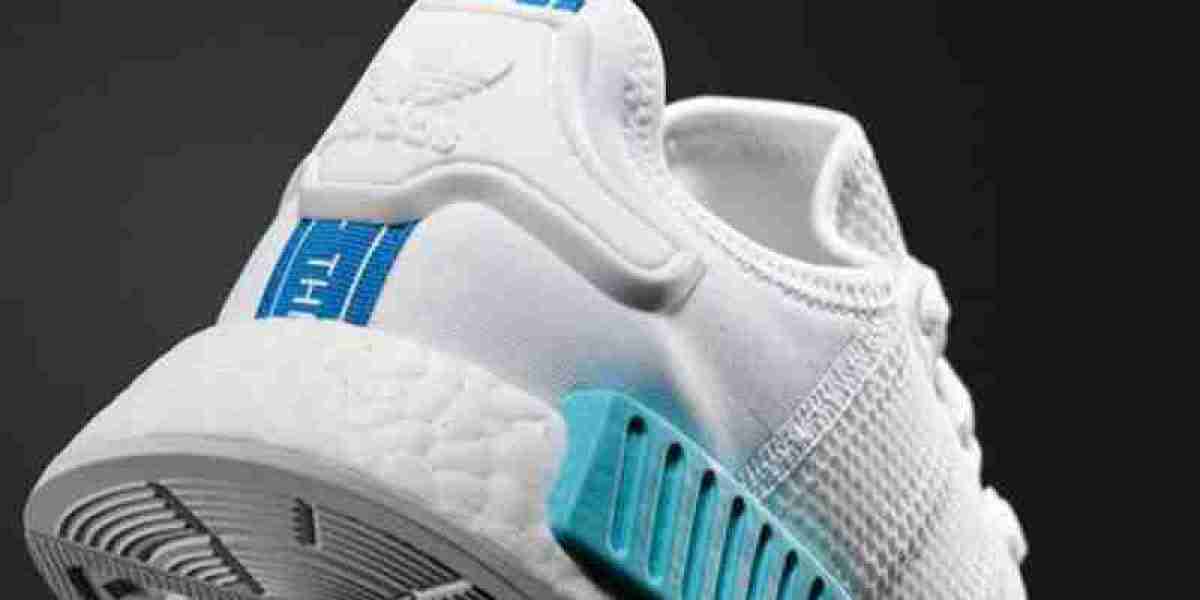Introduction
In our increasingly digital and interconnected world, static electricity may seem like a trivial concern. However, in various industries, especially electronics, automotive, and manufacturing, static electricity can have serious consequences, ranging from damage to sensitive components to safety hazards. This is where antistatic coatings come into play, offering innovative solutions to mitigate the risks associated with static electricity. In this article, we will delve into the antistatic coatings market, exploring its growth, applications, and the future of static control.
The Growing Antistatic Coatings Market
The antistatic coatings market has experienced significant growth in recent years, driven by the ever-expanding electronics and automotive industries, as well as the increasing adoption of automation in manufacturing. These coatings are designed to prevent the accumulation of static electricity on surfaces, helping to safeguard electronic components, reduce dust attraction, and minimize the risk of electrical discharge-related accidents.
One of the primary factors fueling the growth of this market is the continuous development of advanced materials and technologies. Innovations in nanotechnology have led to the creation of highly efficient antistatic Optical Coating that are both durable and transparent, making them ideal for a wide range of applications. These coatings can be applied to various substrates, including plastics, glass, and metals, making them versatile and adaptable to industry-specific needs.
Applications Across Diverse Industries
Electronics: The electronics industry has been a major driver of the antistatic coatings market. These coatings are applied to electronic components and devices to prevent static discharge, which can damage sensitive circuits. They are commonly used in the production of semiconductors, integrated circuits, and printed circuit boards.
Automotive: Antistatic coatings find extensive use in the automotive industry, where they are applied to various Antimicrobial Plastics and interior components. These coatings not only reduce the risk of electrical discharge but also help in minimizing dust attraction, keeping the vehicle's interior cleaner and more appealing.
Manufacturing: In manufacturing processes involving plastics, textiles, and films, static electricity can cause various issues, including defects in the final product. Antistatic coatings are employed on equipment and production surfaces to ensure a smooth manufacturing process and improve product quality.
Packaging: Static electricity can lead to challenges in Beverage Packaging processes, such as the clinging of plastic films or the dust accumulation on packages. Antistatic coatings on packaging materials help alleviate these issues, ensuring efficient packaging operations and a more appealing end product.
Future Innovations and Sustainability
The antistatic coatings market is poised for further innovation and growth. Manufacturers are continually researching and developing new formulations to enhance performance, durability, and environmental sustainability. Some key trends and innovations to watch for in the future include:
Eco-friendly Formulations: As environmental concerns become more prominent, there is a growing demand for antistatic coatings that are eco-friendly and free from harmful chemicals. Researchers are exploring bio-based and recyclable materials to meet this demand.
Improved Durability: The development of coatings with enhanced durability will lead to longer-lasting protection against static electricity. This will be particularly beneficial in applications where frequent cleaning or wear and tear are common.
Application-Specific Coatings: Customized coatings designed for specific industries or applications will gain prominence. Tailored solutions can provide better static control in specialized environments.
Nanotechnology Advancements: Ongoing research in nanotechnology is likely to yield coatings with even better antistatic properties while maintaining transparency and versatility.
Integration with Smart Technologies: Antistatic coatings could potentially be integrated with smart materials and IoT (Internet of Things) devices, allowing for real-time monitoring and control of static electricity.
Conclusion
The antistatic coatings market plays a crucial role in ensuring the safety, quality, and efficiency of various industries. With the rapid expansion of electronics, automotive, and manufacturing sectors, the demand for innovative static control solutions is expected to grow even further. As research and development in materials science and nanotechnology continue to advance, we can anticipate more sustainable, durable, and application-specific antistatic coatings that will meet the evolving needs of industries worldwide. The future of static control is bright, offering promising solutions for a wide range of challenges.
Key Players
ADEKA CORPORATION (Japan)
BASF SE (Germany)
Evonik Industries AG (Germany)
Kao Corporation (Japan)
Mitsubishi Chemical Corporation (Japan)
Nouryon (The Netherlands)
Palsgaard (Denmark)
Nicca Chemical Co., Ltd (Japan)
Arkema S.A. (France)
Clariant AG (Switzerland)
Croda International Plc (UK)
Antistatic Coatings Market Highlights:
About Market Research Future:
At Market Research Future (MRFR), we enable our customers to unravel the complexity of various industries through our Cooked Research Report (CRR), Half-Cooked Research Reports (HCRR), Consulting Services. MRFR team have supreme objective to provide the optimum quality market research and intelligence services to our clients.
Contact us:
Market Research Future (part of Wantstats Research and Media Private Limited),
99 Hudson Street, 5Th Floor,
New York, New York 10013
United States of America +1 628 258 0071
Website: https://www.marketresearchfuture.com



